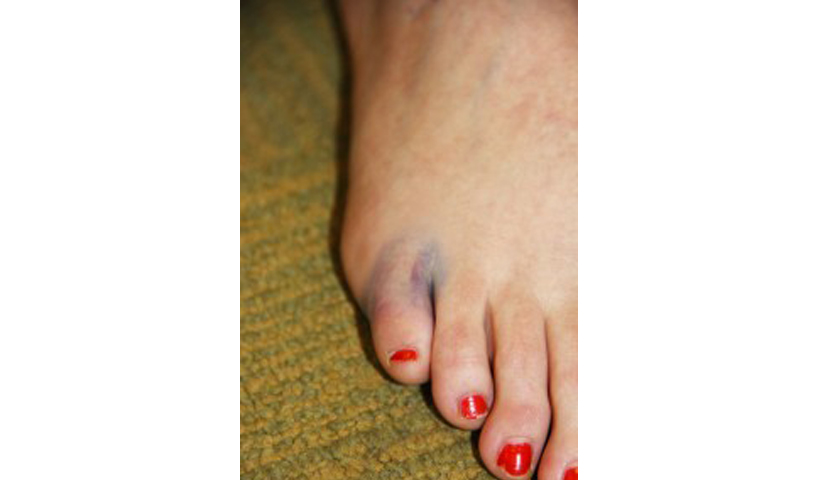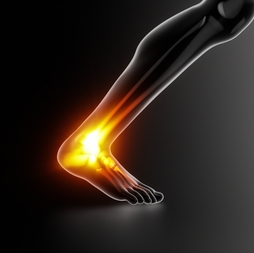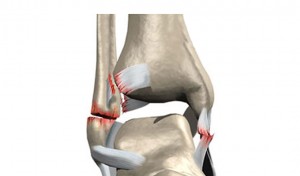When rounded or arched objects flatten out, that usually signals something has gone wrong. Whether the issue is one of wear and tear over time, or that something has broken and allowed the collapse, it needs intentional intervention to restore the curves. This can happen in your feet as well. Adult flatfoot can appear at any point and take a toll on your comfort and stability.
Falling Midfoot
Low arches are a fairly common foot structure that many people are born with. This condition may or may not cause trouble or discomfort, depending on the severity of the condition. Some people, however, develop a problem with flat feet later in life. Adult flatfoot is a deformity that results from “falling arches” and can cause significant discomfort if it progresses far enough.
Several different underlying issues can allow adults to form a flatfoot deformity. Posterior tibial tendon dysfunction is one of the most common culprits. Your posterior tibial tendon supports your arches and keeps them in their proper place. If it weakens or tears, it can no longer hold up the arch and allows it to collapse inward, flattening out the foot. Arthritis and diabetes can both cause damage and weakening to the supportive structures that maintain the arch. Arthritis changes the shape of the limb through inflammation, while Charcot foot causes a slow breakdown of the midfoot. Traumatic injuries that damage the arch or the supporting ligaments can also cause the problem.
 The Problem with Flattening
The Problem with Flattening
As adult flatfoot progresses and worsens, the discomfort typically increases. Usually you feel the pain along the inside of the arch, though it may also run down the posterior tibial tendon on the inside of your ankle and lower leg. As the arch collapses in, the outside of the ankle becomes pinched and may hurt as well. If the problem derived from arthritis, you may also develop bony spurs that can make wearing shoes uncomfortable. Diabetic collapse has an additional risk of serious ulcers.
Usually the discomfort feels worse when you’re active. Over time this can make it harder to participate in sports or other activities. No matter how the problem originally arose, it needs to be addressed to restore the foot or ankle to health. The longer the condition progresses, the harder it will be to correct.
Improving the Pain
Part of successfully treating adult flatfoot is identifying the specific condition that caused it to develop. For that you will need to have your lower limbs carefully evaluated. Our doctors will examine your feet and use a variety of tests to determine the source of your discomfort. They may use diagnostic images to better identify the damage as well.
Treatment will be tailored to your specific needs. No matter what caused your flatfoot deformity, you will need to rest your foot and minimize the pressure on it to avoid aggravating your condition. Sometimes your foot will need to be immobilized in a brace or special boot to avoid movement that would make the problem worse.
Any inflammation and swelling will have to be addressed. Icing the painful area may help with this. We may recommend medications to decrease irritation as well. Physical therapy may help to strengthen muscles and tendons to support your arch better. Most likely you will still need a change in footwear or orthotics to accommodate your flattened midfoot. If your feet do not respond to conservative therapies, you may need surgery to repair the damage.
If you’re experiencing pain in your arch, or have noticed your feet appearing flatter, you may have developed adult flatfoot. You don’t have to accept the condition and live with the pain. You can address the problem and restore your feet. Let Country Foot Care in Mineola and Williston Park, NY, help you invest in your podiatric health. Contact us by calling either of our offices or you can request an appointment online using the MAKE AN APPOINTMENT button at the top of this page.




